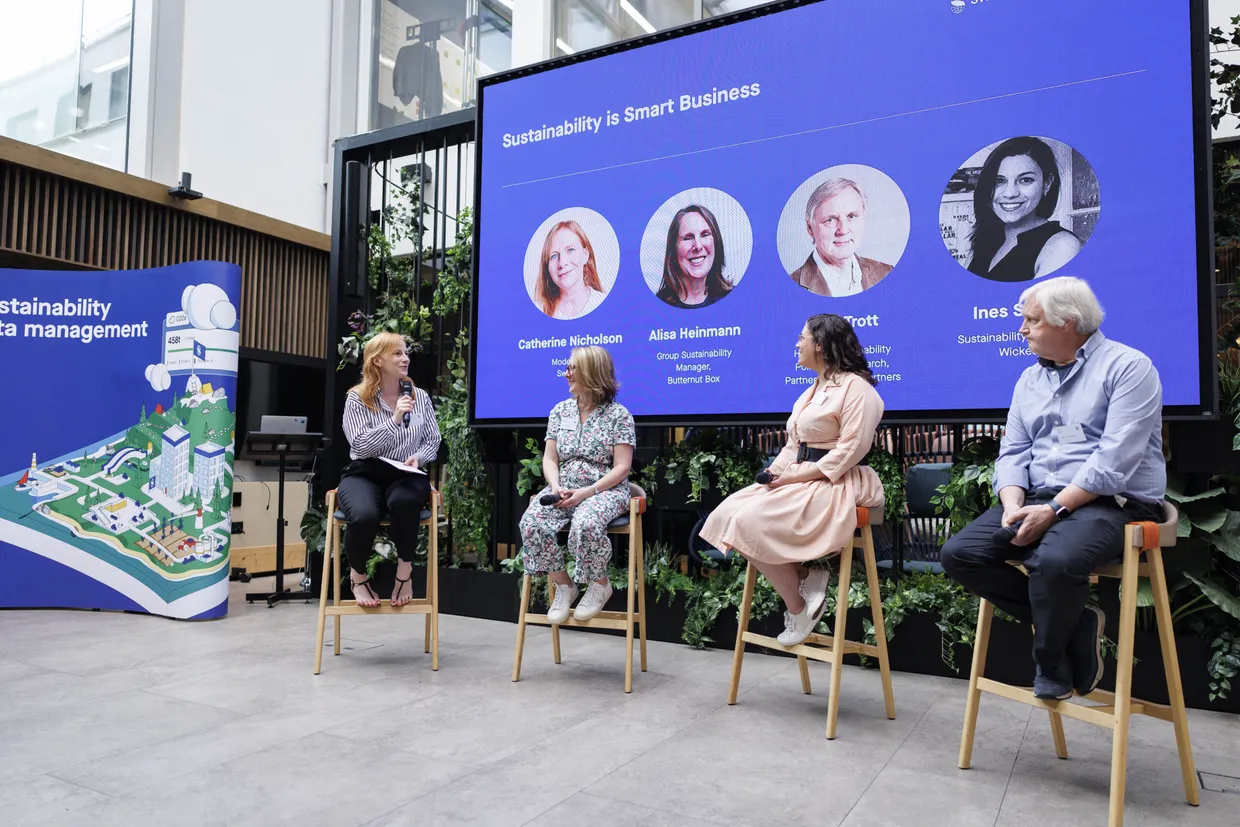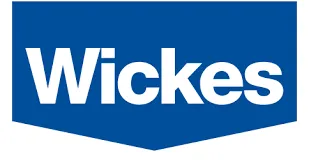This culture of internal collaboration is matched by Wickes’ deep partnerships externally, especially with suppliers in parts of the world where sustainability practices are still developing. Wickes is part of the Global Home Improvement Network and leads a taskforce under its “Make It Zero” initiative to drive joint decarbonization across the industry.
Foster + Partners, whose core business is design rather than delivery of architecture and urbanization projects, faces a different challenge: how to take ownership of sustainability when its own teams are not always in control. For the firm, collaboration means aligning across its own global teams, and using data to influence decisions beyond its own walls.
Connect climate action to business outcomes
Perhaps the most actionable lesson from Climate Compass was this: if you want sustainability initiatives to gain traction, tie them to other business priorities—like efficiency, cost savings, and risk reduction.
“When a project delivers carbon savings and cuts costs, the business case sells itself,” said Heimann. “Our heat recovery system was an easy win. It lowers emissions and reduces our reliance on volatile gas prices.”
At Wickes, efforts to electrify stores and decarbonize operations are gaining support because they align with longer-term cost management and compliance goals. And with tools like Sweep, the company can now demonstrate impact in concrete terms.
“The moment you stop talking in abstract benefits and start showing numbers, you get people’s attention,” said Sordo.
Even at Foster + Partners, where emissions are dominated by business travel, tying sustainability to business outcomes is making a difference.
“We’re asking: should we go? What’s the impact if we don’t? Which airline is best? These are live conversations now, because sustainability is part of how we manage projects and relationships,” said Trott.
Smart business starts with smart data
The takeaway from the Climate Compass discussion? The organizations making real progress on climate aren’t the ones with the slick but low-in-substance sustainability reports. They’re the ones putting carbon data in the hands of decision-makers and embedding sustainability into everyday business decisions and strategizing.
They’re using data not just to track what happened, but to shape what happens next. They’re investing in collaboration, not just compliance. And they’re connecting climate action to business value: because that’s how you build resilience, efficiency, and long-term growth.







